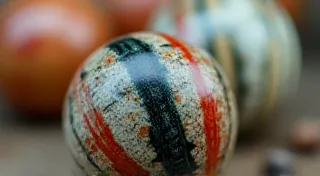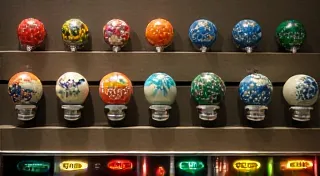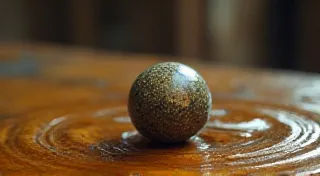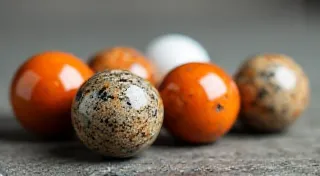Restoring Vintage Marbles: Cleaning and Preservation Techniques
The allure of vintage marbles lies in their history, their craftsmanship, and their inherent beauty. A collection of antique marbles isn't just a group of glass spheres; it's a tangible link to the past, a whisper of childhood memories, and a testament to the artistry of glassmaking. However, time takes its toll. Years spent in storage, exposure to dust and handling, can dull their brilliance and obscure their unique character. This guide explores gentle cleaning and preservation techniques to help you restore your vintage marbles to their former glory, ensuring they remain treasured pieces for generations to come.
Understanding the Challenges of Marble Restoration
Before diving into cleaning methods, it's crucial to understand the potential risks. Vintage marbles aren’t mass-produced items. They’re often made from delicate glass formulations, and sometimes contain features (like sulphide inclusions) that are particularly vulnerable. Harsh chemicals, abrasive materials, and even overly enthusiastic scrubbing can cause irreparable damage.
- Glass Type: Different types of glass react differently to cleaning agents. Some antique marbles are made of relatively soft glass (like milk glass) while others are harder and more resistant. Identifying the glass type (though often difficult without expert knowledge) helps determine the safest cleaning approach.
- Surface Contaminants: Common culprits include dust, grime, old labels, fingerprints, and dried-on adhesives. The method for removing these varies depending on their nature.
- Internal Features: Many desirable vintage marbles contain sulphide inclusions ("bronzes"), aventurine flecks, or other internal designs. These features are delicate and can be damaged by aggressive cleaning.
- Exterior Coatings: Some marbles were originally coated with a glaze or finish. Cleaning can sometimes remove this coating, altering the marble's appearance and potentially decreasing its value.
Gentle Cleaning Techniques for Vintage Marbles
The guiding principle for restoring vintage marbles is gentle. Start with the mildest methods and only escalate as needed. Always test your chosen technique on a single, less significant marble before applying it to your entire collection.
1. Dusting and Initial Cleaning
The first step is usually the simplest: removing surface dust and loose debris. A soft, clean brush (like a sable brush used for watercolor painting) is ideal. Gently sweep the surface of the marble, working in a circular motion. For more stubborn dust, a can of compressed air (used for cleaning electronics) can be helpful, but be cautious not to direct the air stream too close to the marble's surface.
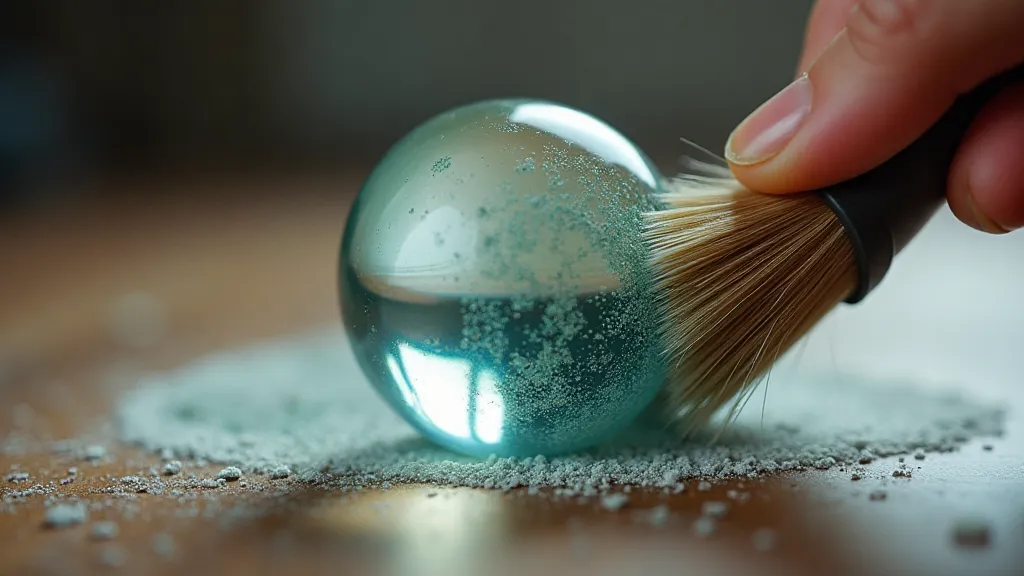
2. Warm Water and Mild Soap
For slightly dirtier marbles, warm water and a mild, pH-neutral soap (like baby soap or a specialized glass cleaner) can be used. Avoid harsh detergents, abrasive cleaners, and anything containing ammonia or alcohol.
- Fill a clean bowl with lukewarm water.
- Add a tiny amount of mild soap (a few drops are usually sufficient).
- Gently submerge the marble and swirl it around.
- Rinse thoroughly under clean, lukewarm water.
- Pat dry with a soft, lint-free cloth.
3. Soaking in Distilled Water
Stubborn grime or old label residue can sometimes be loosened by soaking the marbles in distilled water. Distilled water lacks minerals that can leave residue and potentially damage the glass.
- Place the marbles in a clean glass container.
- Cover them with distilled water.
- Allow them to soak for several hours or even overnight.
- Rinse thoroughly and dry as described above.
4. Removing Old Labels and Adhesive
Removing old labels is a common challenge. Patience and gentle methods are essential.
- Warm Water Soak: As mentioned above, a long soak in warm water can often loosen the adhesive.
- Mineral Oil: A small amount of mineral oil can be applied to the label to soften the adhesive. Let it sit for a few minutes and then gently peel the label away.
- Goo Gone (with Caution): If other methods fail, a specialized adhesive remover like Goo Gone can be used. However, test this on an inconspicuous area first, as it can potentially damage some glass types. Apply sparingly and rinse thoroughly.
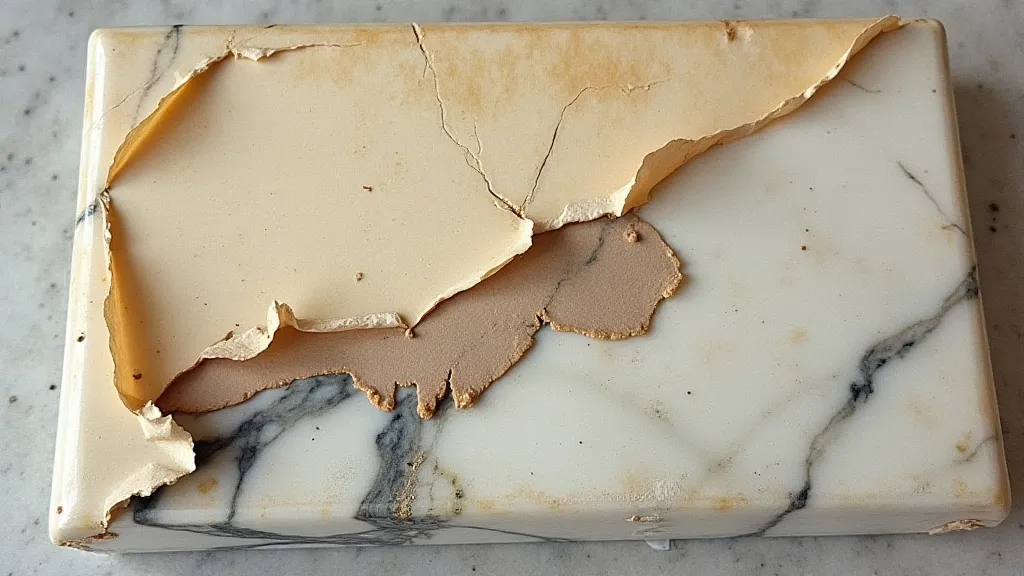
Preservation Techniques for Long-Term Care
Cleaning is just the first step. Proper preservation is crucial to maintain the beauty and value of your vintage marble collection.
- Storage: Store your marbles in a clean, dry environment away from direct sunlight and extreme temperatures. Individual storage in soft cloth pouches or padded containers is ideal to prevent scratching.
- Humidity Control: High humidity can cause condensation on the glass, potentially leading to etching or mildew. Consider using desiccant packets in your storage area to absorb moisture.
- Handling: Handle your marbles with clean hands or wear cotton gloves to prevent fingerprints and the transfer of oils.
- Display: If displaying your marbles, use protective cases or stands to prevent scratches and damage.
Advanced Restoration (Proceed with Extreme Caution)
For heavily soiled or damaged marbles, more advanced restoration techniques may be considered. However, these should only be attempted by experienced collectors or professionals, as they carry a significant risk of irreversible damage. These techniques include:
- Polishing: While polishing can restore shine, it also removes a tiny layer of the glass, potentially altering the marble's appearance and value.
- Crack Repair: Repairing cracks is extremely difficult and rarely results in a satisfactory outcome.
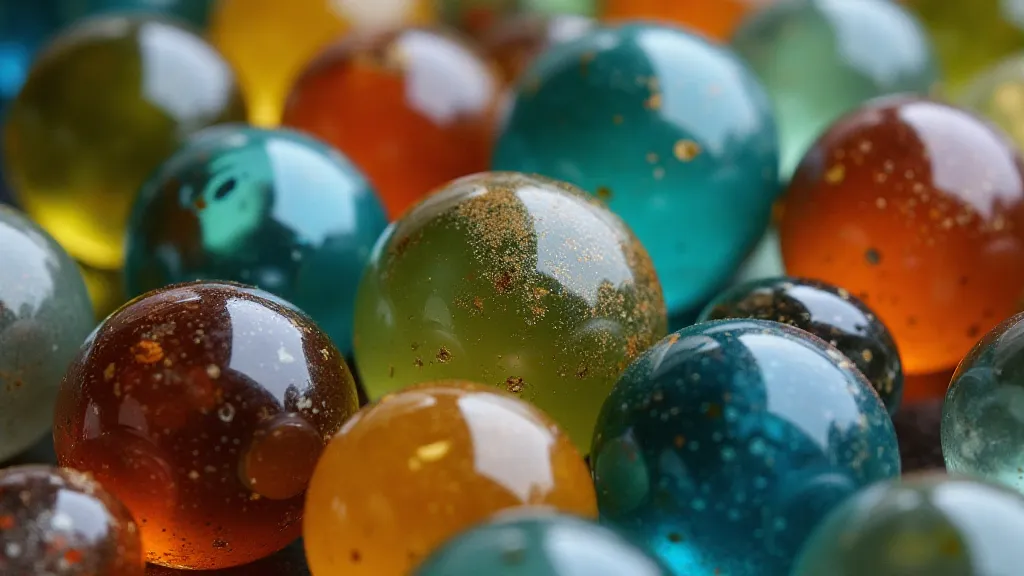
Conclusion
Restoring vintage marbles is a rewarding process that allows you to connect with the past and appreciate the artistry of glassmaking. By following these gentle cleaning and preservation techniques, you can ensure that your collection remains a source of joy and a valuable treasure for years to come. Remember, patience and caution are key to preserving the beauty and integrity of these delicate pieces of history.

